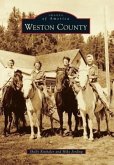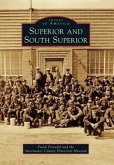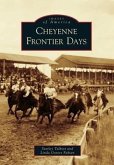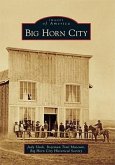Spread along the North Platte River in central Wyoming, the city of Casper was established in 1888 near the site of old Fort Caspar. As a stop along the Fremont, Elkhorn & Missouri Valley Railroad, Casper quickly became an important hub for the region's wool and beef industries. With the discovery of oil nearby soon after the town was founded, Casper was declared the "Oil Capital of the Rockies" and quickly expanded. Since those early days, Casper has survived many booms and busts to become one of the largest cities in the state of Wyoming. The area is rich in history, from pioneer trails such as the Oregon, California Bozeman, and Mormon Trails to early-day homesteaders, and has remained central to Wyoming's politics and industry. Casper today is a growing city with strong ties to agriculture, oil, gas, and wind energy and has several museums with historical, fossil, and art collections.
Hinweis: Dieser Artikel kann nur an eine deutsche Lieferadresse ausgeliefert werden.
Hinweis: Dieser Artikel kann nur an eine deutsche Lieferadresse ausgeliefert werden.








